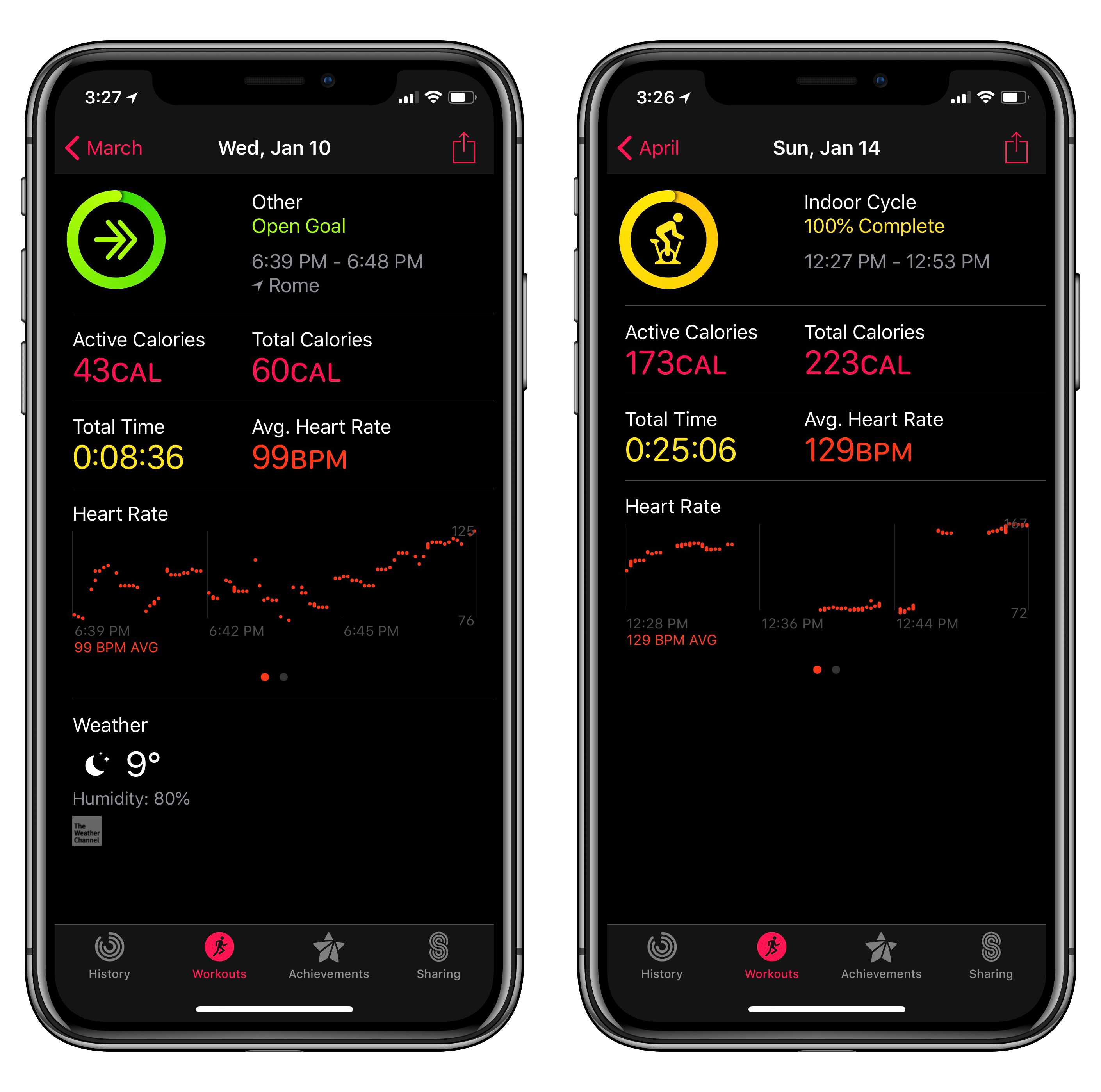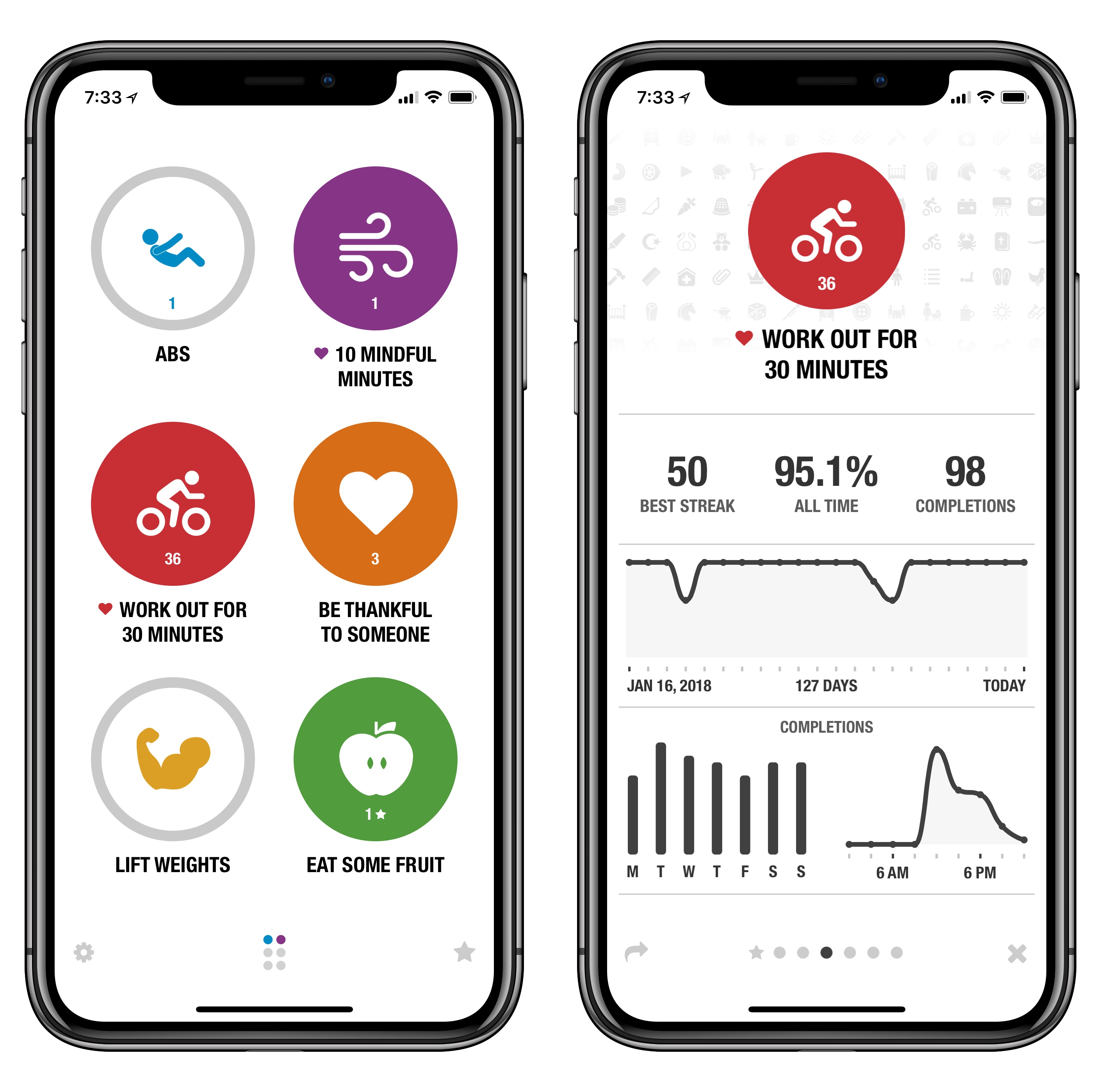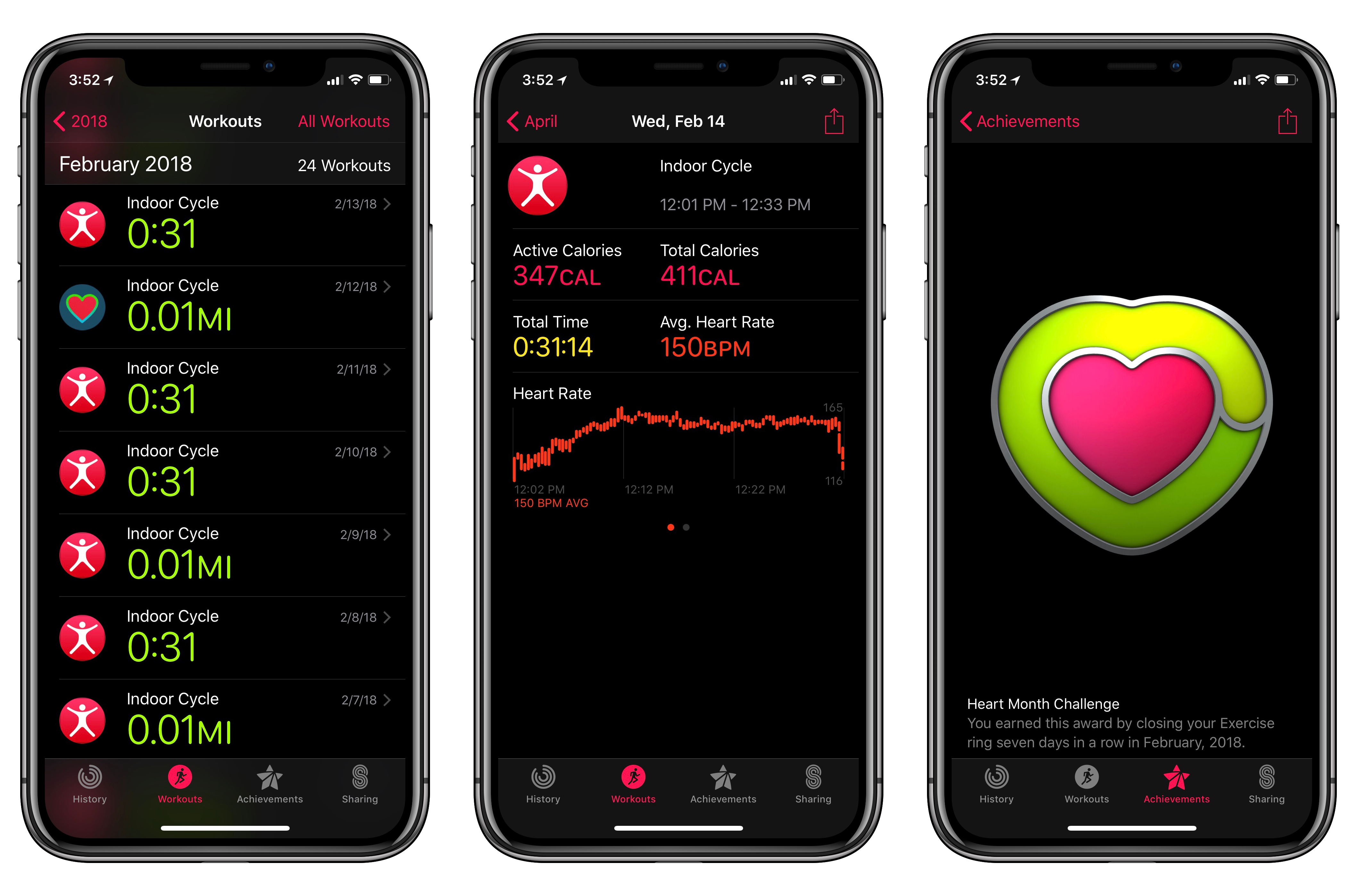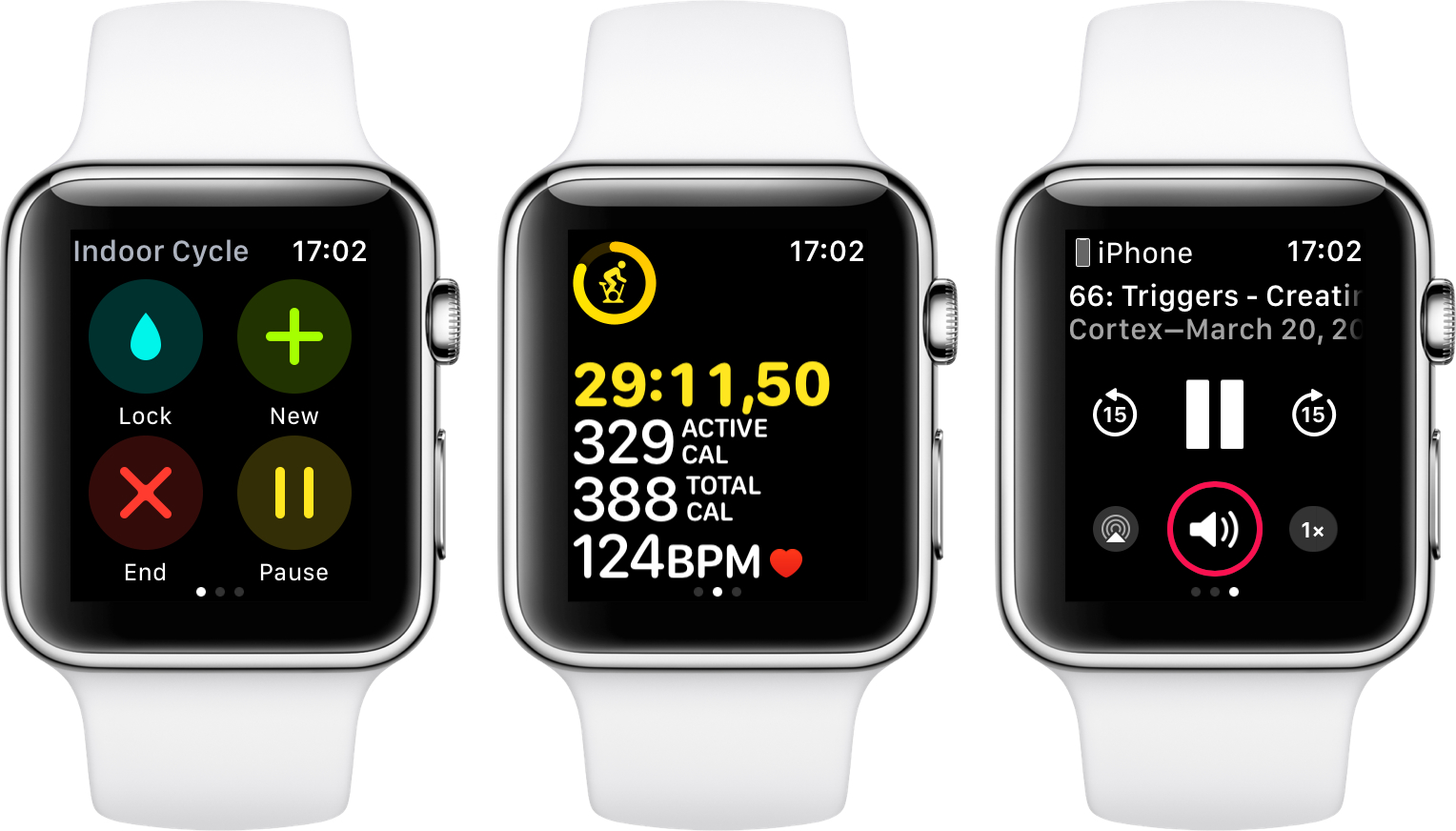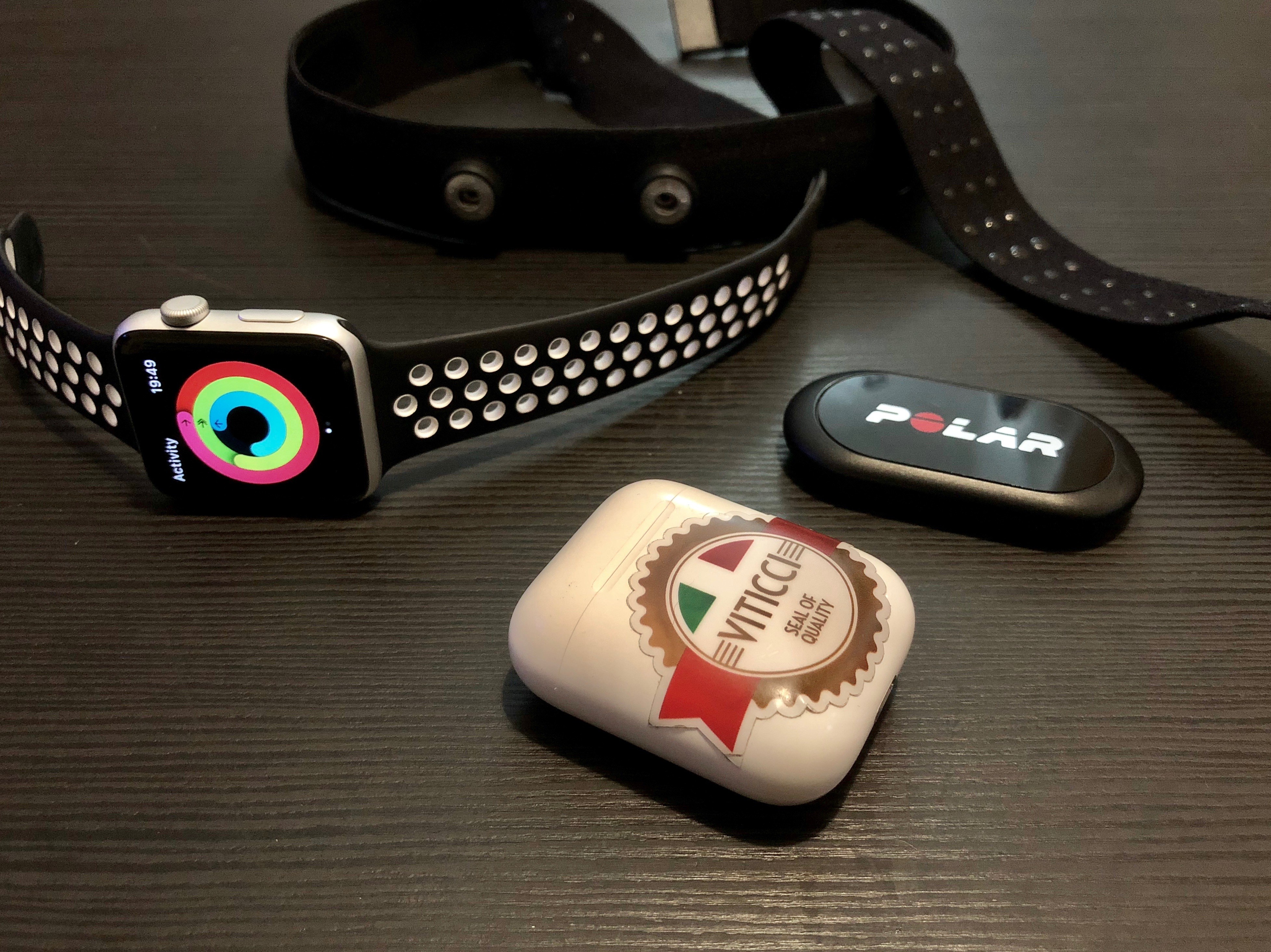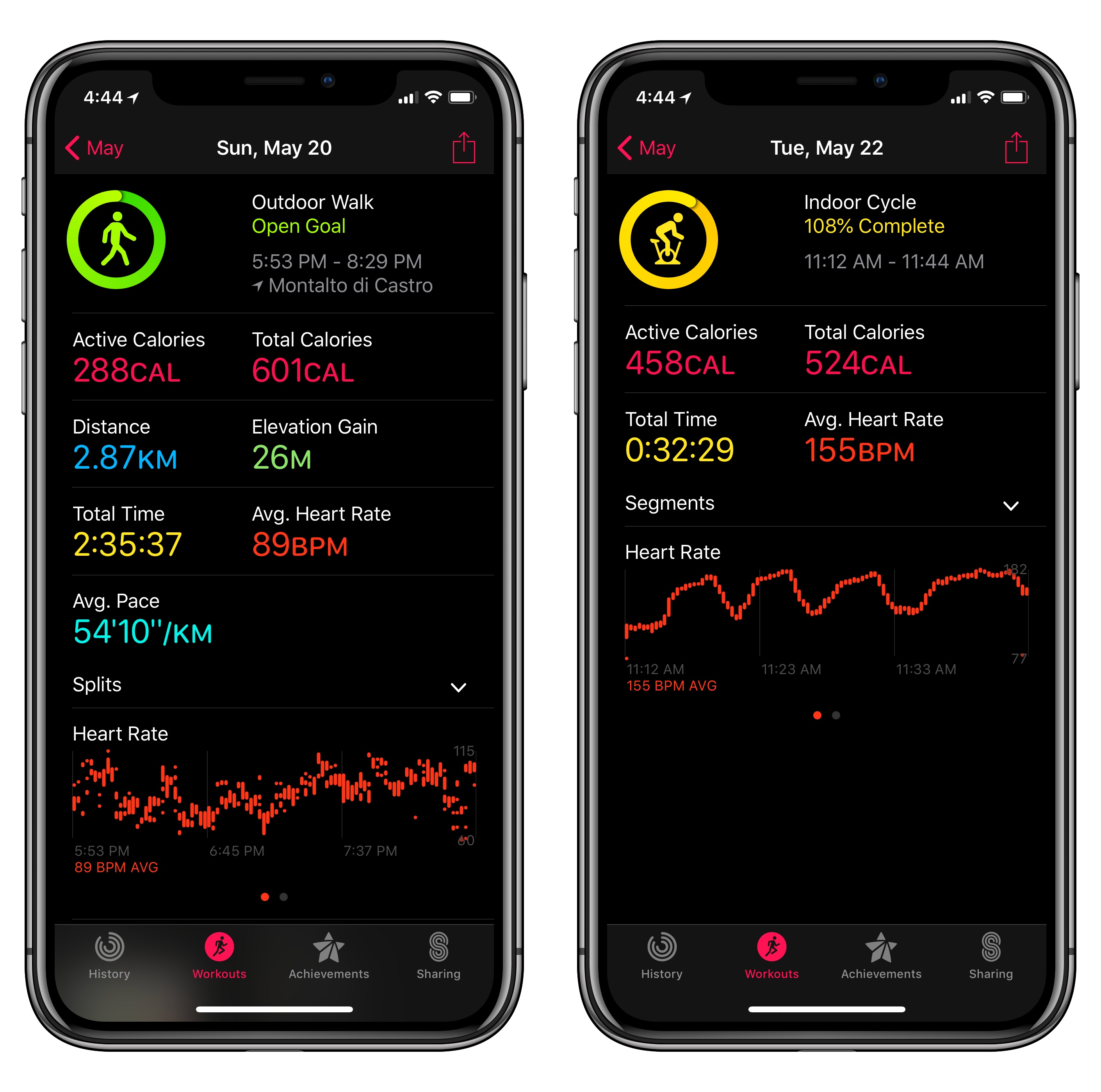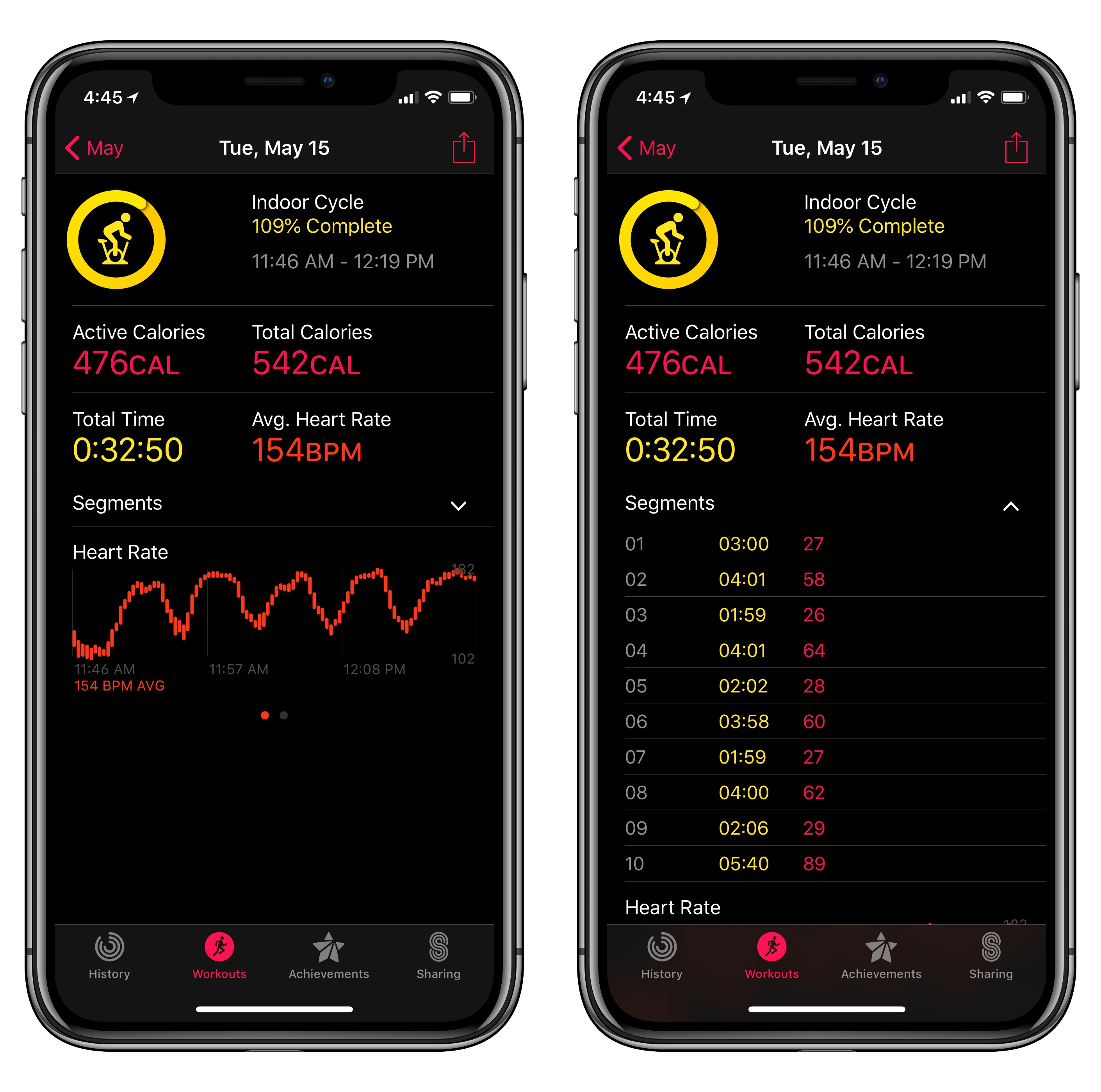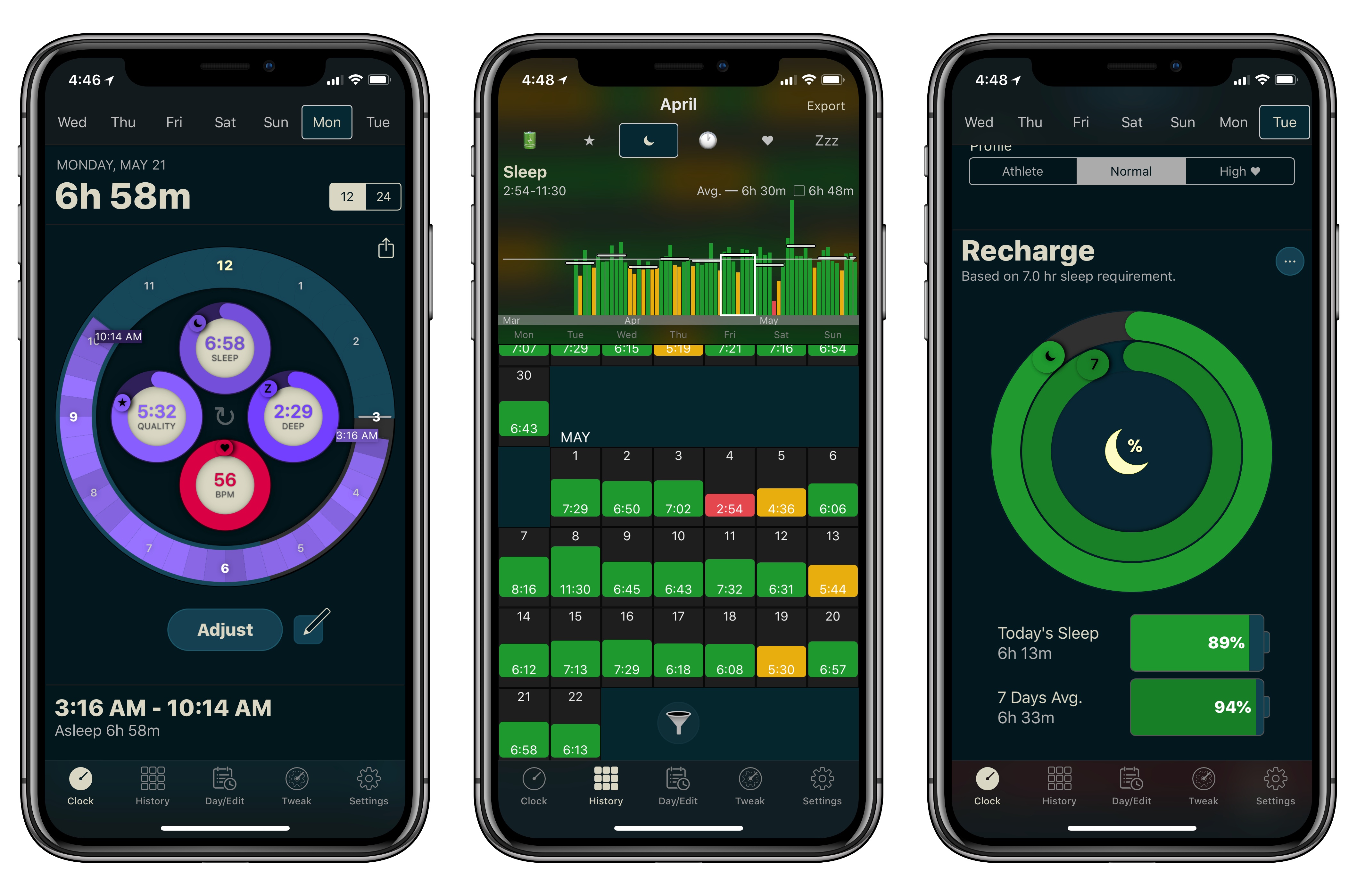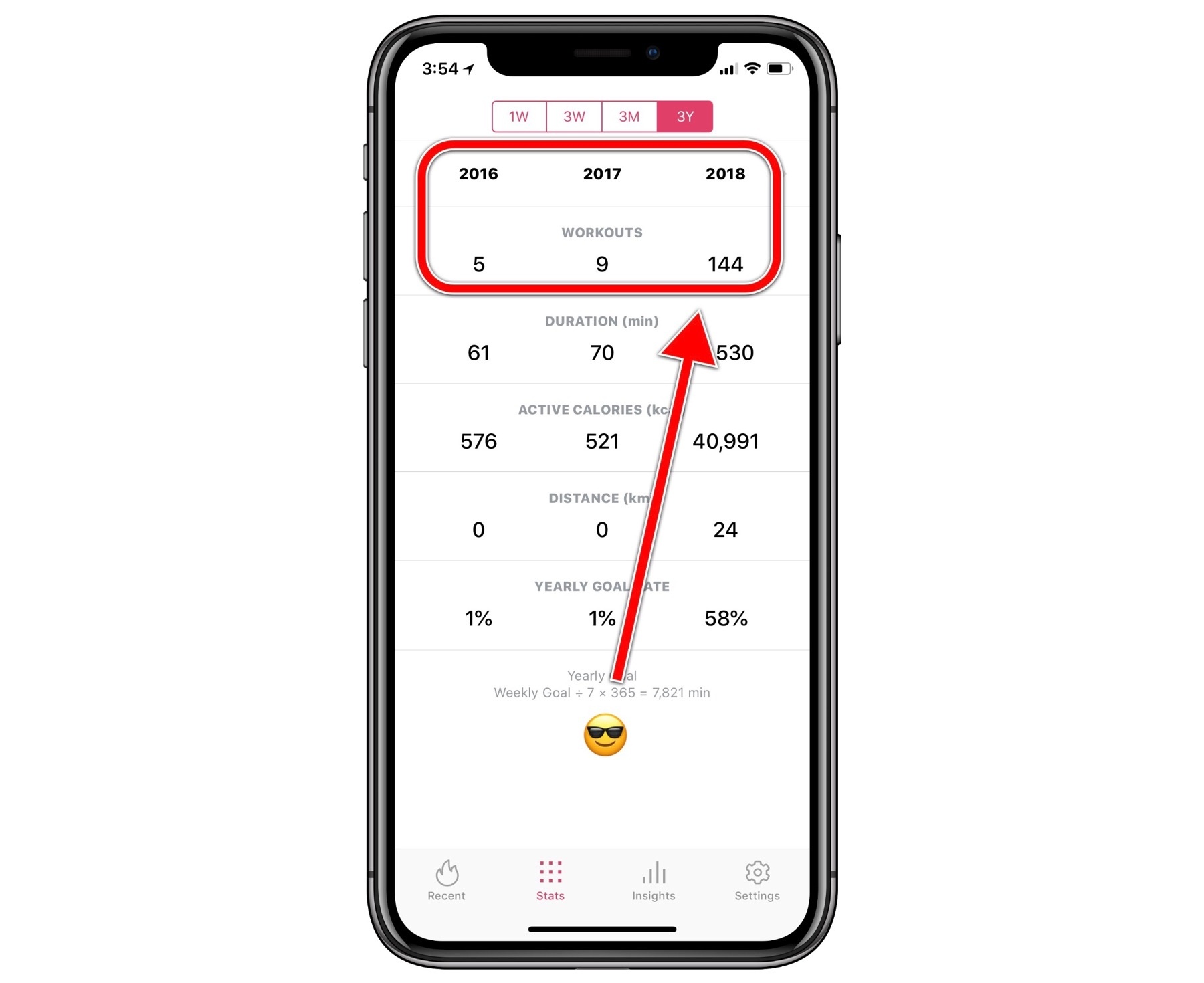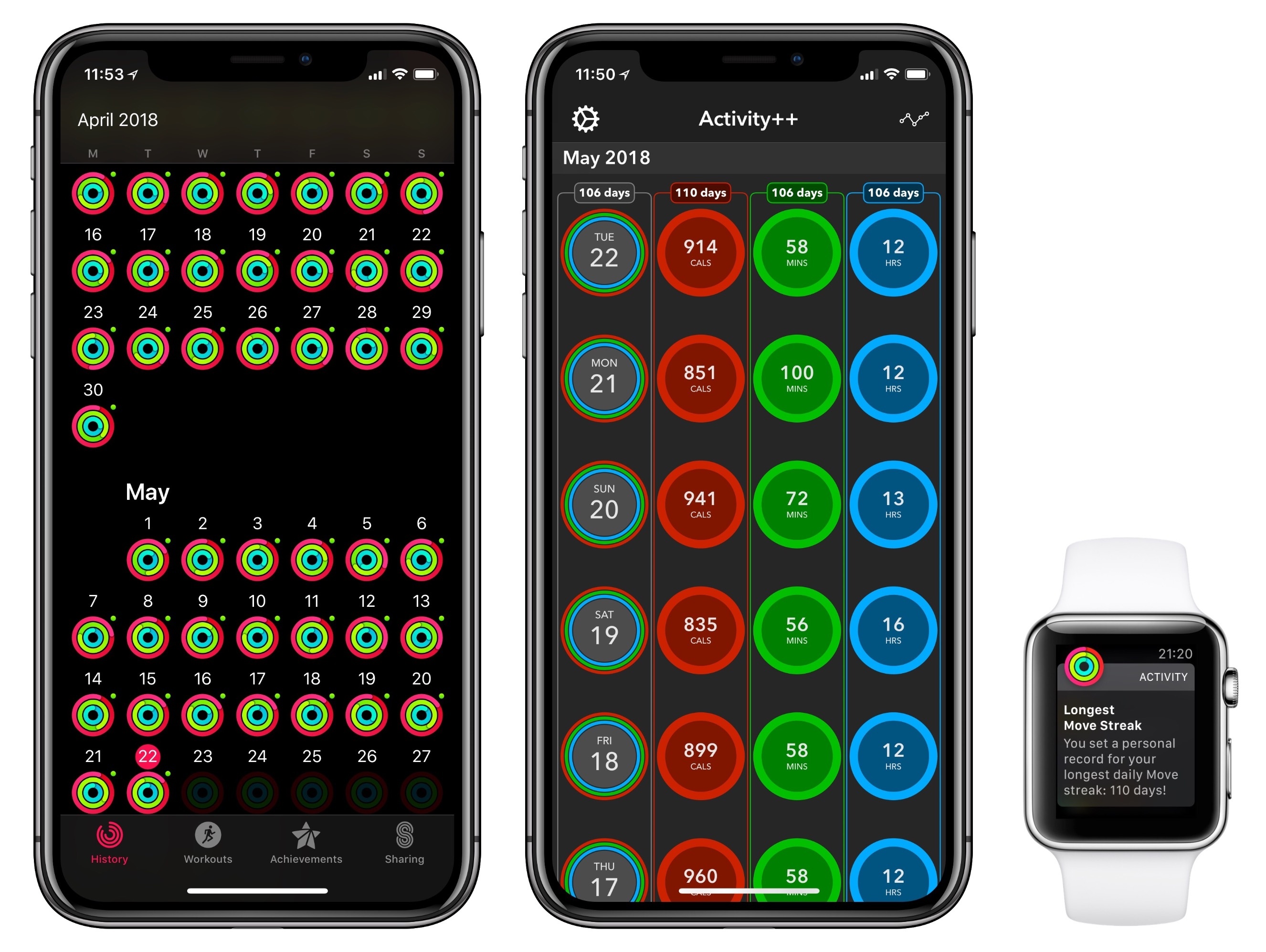“There’s something in your latest scan that we need to double check.”
Here’s what I’ve learned about cancer as a survivor: even once you’re past it, and despite doctors’ reassurances that you should go back to your normal life, it never truly leaves you. It clings to the back of your mind and sits there, quietly. If you’re lucky, it doesn’t consume you, but it makes you more aware of your existence. The thought of it is like a fresh scar – a constant reminder of what happened. And even a simple sentence spoken with purposeful vagueness such as “We need to double check something” can cause that dreadful background presence to put your life on hold again.
Thankfully, everything was okay in my case. It’s been over five years since my cancer-free diagnosis; I went into complete remission in February 2013 and hit the 5-year-clear mark following a long series of annual check-ups and routine tests. Because of the type of cancer I had – Hodgkin’s Lymphoma Stage IV with the involvement of my right lung – I had to go through a cycle of radiotherapy (in addition to aggressive chemotherapy and the then-experimental immunotherapy). As it turns out, the proton beam that was shot into my lung left that area slightly “denser” than normal – hence the something that needed to be double checked after a chest X-ray in March.
It’s also been three years since I last wrote about my life after cancer, and how I was using the iPhone and various HealthKit apps to help me recover from treatments and get back in shape. The story, which came out before the debut of the original Apple Watch, outlined my plans to follow a strict diet and exercise regularly. At the time, I thought I had my post-treatment life figured out; I was ready to go back to my old, normal routine.
And that was exactly the problem. Three years later, I’m here today to admit that I failed. It took me a long time – too much time – to realize that I wasn’t keeping the promises made in that article from March 2015. I was so eager to return to my previous concept of “normality”, I didn’t notice that my euphoria for beating cancer slowly morphed into a craving for old and comfortable habits. In hindsight, I wasn’t ready to begin a new chapter of my life after cancer; I just wanted my old life back.
I won’t lie: that was fun initially. I drowned myself in work again; I ate any kind of tasty meals I wanted without worrying about my diet; I chased as many work opportunities as possible because I had to make up for time lost to treatments and feeling sick. I was proud of how much I was able to work on a daily basis, even though that meant declining invitations to go out with friends or spending less time with my girlfriend. I was productive like never before. I was unstoppable and it felt exhilarating. I had regained the life I knew. I thought it was what I wanted.
That lasted for a couple of years. But the self-centered, work-obsessed barrier I built around myself began to crack sometime last year. It didn’t happen suddenly, and I lied to myself by ignoring it for months, but something was changing. I completely poured myself into my job to the point where I was enjoying neither the work nor the reward anymore. I began to feel burned out and often not good enough for the website I had so passionately built over the course of eight years. A constant feeling of unease and dissatisfaction percolated through other aspects of my life as well. I pretended to be relaxed and have fun in social situations and important life events; in reality, there was a persistent sense of anxiety always there, sitting in the back of my mind where the fear of cancer also was, telling me that I wasn’t good enough or hadn’t done enough. That it was only a matter of days until someone figured out that I sucked and everything I had built was easily replaceable – a trivial, forgettable commodity.
Besides work, I wasn’t doing much better from a personal standpoint either. I hadn’t done any serious physical exercise in years. I started gaining too much weight again, and I was often short on breath as I was spending most of my days sitting – either working or worrying about work. I wasn’t in good shape, and I certainly wasn’t as motivated as I was in March 2015.
From my perspective though, the worst part wasn’t that I let it happen again. It’s that I was deeply aware of it yet unable to fix it. I was ashamed for being constantly stressed and not caring about myself. I was both perpetrator and witness to a sense of guilt that stemmed from my selfish pursuit of whatever life I was living before cancer. I couldn’t stand myself for wasting the second chance I was given, but I didn’t know how to break out of my loop.
Thankfully, I reached the tipping point right before the holidays in December, when I decided to take a long break from anything even remotely resembling work. During those days, I started thinking. By myself first, then talking with my girlfriend and close friends. And even when I felt bored and would have rather opened Twitter or blogged about something, I kept thinking and talking and taking walks with my dogs and trying to identify a better path forward.
The more time I spent focused on myself instead of being distracted by busywork, the more I kept reaching the same conclusion. For years, I avoided accepting the reality that my life will never be “normal” again. I can’t hide from the fact that I had cancer, survived, and will always need to pay close attention to my health – more than other people. For better or worse, the experience of surviving cancer will always be part of me. Instead of running from it or finding temporary refuge in an obsession with work, I should embrace it with positivity and optimism. I should treasure the battle I won without letting the fear of a rematch define me.
Ultimately, I realized that embracing my past means being thankful every day, respecting the preciousness of my second chance, and finding my purpose by helping and inspiring other people through my work and past experiences. This took a lot of introspection and opening up to other people. And in the process, I developed a firm conviction that my time is limited; I have to cherish the new opportunity I was given and use it to leave something valuable behind me.
Six months ago, I decided my single goal for 2018 was to begin a second life. Here’s what I’ve been doing to make it happen.
Resolutions
New year’s resolutions get a bad rap. Over time they’ve become Internet jokes about unused gym membership cards and promises that are broken in the span of two weeks. But I think there’s something powerful about the clean break of the new year and the commitment to improve yourself in 365 days. So over the holidays, I decided that on January 1, 2018, I would begin doing things differently and keeping myself accountable on a daily basis. If anything, that’s easier to remember than some random day in December.
The changes I wanted to implement in my routine are likely going to sound obvious, simplistic, or too personal to other people. However, I want to share them and talk about them because they’ve had a positive effect on my life even though they don’t come from any official “guide” or “program” given to me by someone else. They’re just simple acts of self-care I’ve found to be effective for me.
Eating Healthy
I’m a big believer in the idea of mens sana in corpore sano, as the Romans used to say, which means “a healthy mind in a healthy body”. I wanted to start from a healthy body before trying to understand what was going on in my brain.
First, I needed to change my diet. I cut all kinds of junk food and soda-type beverages from my daily consumption. I started replacing mid-day snacks with fresh fruit and I radically increased the amount of vegetables (either raw or cooked) I ate for lunch and dinner. I still get the occasional mid-day chocolate or cookie craving, but, overall, the transition to healthier snacks has been easier than I imagined. I also decided I would eat pizza no more than once a week. As an Italian, believe me – that part was hard (and still is).
Generally speaking, I’ve eliminated the majority of junk food and prepackaged snacks I used to buy, and I’m trying to reduce my carb intake as well.1 At the same time, I’ve also started drinking more water every day – at least two liters. Forgetting to drink enough water was one of my worst habits when I used to work at my desk for 6-7 consecutive hours without ever standing up. And as my oncologist explained, staying hydrated is essential not only because you get thirsty when it’s hot, but also because hydration directly contributes to weight loss, cardiovascular health, skin elasticity, and lots more.
At this point, you may be wondering which apps I’m using to measure my calorie intake, follow a diet, and perhaps even track how many glasses of water I drink. After all, describing the benefits of food and health-related apps was one of the tenets of my story from three years ago. The (surprising) answer is that I’m not using anything digital to keep track of what I eat or how much water I drink.
While I understand why folks who follow stricter, more specific diets or have other serious conditions need to employ the assistance of apps, in my case I’ve realized that food-tracking apps made me care more about the experience of tracking numbers than actually understanding what I was eating or buying at the grocery store. I’m not following a precise plan given to me by a nutritionist. I just want to eat healthy by making wiser decisions about the ingredients I buy and the meals I cook. I find this process to be more intentional and rewarding if I make a conscious effort to remember, for instance, to have some fresh fruit during the day or keep a bottle of water on my desk at all times. I think more about what I’m doing and less about charts and goals in an app.
The downside of this approach is that the results aren’t as dramatic as following an aggressive diet that makes you lose 20 pounds in a month. Since I started doing this almost six months ago, I’ve lost 7 kg/15 lbs (and gained muscle mass; more on this later) and my waist circumference is down by 7 centimeters (2.76 in). These are not huge numbers compared to where other fat-burning diets would get you. However, I am consistently losing weight, I’m eating better every day, and, more importantly, I didn’t lose my mind by switching to an insane diet overnight. I’m happy about my slow and consistent progress. I feel healthier than ever, a lot of my old clothes fit nicely again, and, most of all, I want to continue doing this because I’m not frustrated by it.
Habit Trackers and Meditation
Besides changing my diet, the other aspect of my physical well-being I needed to reconsider was exercise. And in this case, I wanted to find a simple iPhone app to keep track of workouts as a streak.
My original plan, which I started following on January 1, was to exercise for 20 minutes at least three times a week. As someone who hadn’t done any serious exercise in years, I didn’t want to start again by overdoing it only to burn out after a few weeks. Just like eating healthier, I wanted to take small but consistent steps that would allow me to establish a routine without feeling bored or frustrated.
For the entire month of January and the first week of February, I exercised three times a week by alternating 20-minute indoor cycling sessions with sit-ups and push-ups.
The first couple of weeks were rough: I didn’t have much breath because I was out of shape, and I struggled to change my routine to accomodate exercising and recovery time. I used to wake up, have a quick breakfast, then immediately sit down at the kitchen table to do email or catch up on Twitter; my new schedule involved waking up earlier, having a proper breakfast, then finding the time to exercise, recover, and shower before getting any work done. Even though I was only doing it three times a week, it was a big change; it required a lot of motivation, patience, and knowing that I was doing something important for me. It was much harder than giving up snacks and sodas.
To help me stick to my goal and visualize my progress, I started using a habit tracker. After dabbling with Productive, I switched to Streaks. Crunchy Bagel’s app features an intuitive design and makes it easy to create goals that have to be “filled” during the week – such as “work out at least three times this week”.
Streaks is perfect for my needs. By default, you can only create a main dashboard with up to six recurring habits, which is a great way to commit yourself to the most important things you want to change in your routine. Each habit can be customized with icons, colors, schedule, and notification reminders. Habits can be completed with a simple tap & hold gesture on both the iPhone and Apple Watch. There’s also a handy chart view that displays your overall progress over time, as well as the completion rate for individual habits.
I think of habit trackers as the digital equivalent of the “carrot and stick” approach: you put in the work to do something that is not necessarily pleasurable, or which requires strong motivation, and the app rewards you with colored checkboxes and pretty charts and encouraging messages. Skip what you’re supposed to do, and the charts take a dip, the app icon gets a glaring red badge on the Home screen, and you’ll keep receiving reminders not to break your streak. Conditioning your mind into completing something you don’t like through the use of a colorful or gamified habit tracker is probably a silly trick; however, I’ve found it to be remarkably effective, especially when starting a new routine that feels daunting.
Meditation is part of this. As I mentioned earlier this year, in addition to working out on a semi-regular basis, around January I also started exercising my mind through Headspace. For years, I dismissed guided meditation as useless pseudo-science – snake oil for gullible people who didn’t know any better. I was wrong, and I’m happy I listened to some friends who, after hearing about my recent stress-related struggles, recommended I give meditation a try.
As it turns out, the basic premise of Headspace2 is incredibly straightforward: it’s a way to dedicate a few minutes of your day to concentration via simple breathing exercises and visualizations. To do this, you listen to a soothing voice that provides cadence and a few words of obvious, but welcome advice, such as letting go of preoccupations and other feelings when you do a guided session for five minutes. If you’re skeptical like I used to be: it’s not as hippie as it may sound. The typical Headspace session is nothing but a framework to practice mindfulness by breathing deeply, listening to what your body is telling you, and exercising the ability to compartmentalize feelings without having a constant cloud of tangled emotions and fears hanging over you. I see it as a technique to build structure in your mind.
I started out with Headspace by taking advantage of their free trial with one session per day. At first, listening to someone tell me to breathe and be calm felt kind of weird. I decided to stick with it, and after about a week I noticed that I was always looking forward to the 10 minutes of “me time” with Headspace. Sessions were starting to make me feel more relaxed and optimistic. I thought that was a good sign, so I took the plunge and purchased one year of Headspace premium.
After that, I created a habit in Streaks to meditate at least five times a week. This is one of the best features of Streaks: because the app integrates with HealthKit on the iPhone, it can detect when workouts are logged from the Apple Watch or when meditation apps (including Apple’s Breathe) save mindful minutes into the Health database. With this system, Streaks can automatically log workouts or Headspace sessions as complete without any manual input.
It’s been over five months since I started my Headspace journey. I completed the three Basic packs in the first month, then switched to thematic collections, including Stress and Anxiety. I can honestly say that practicing mindfulness with Headspace has had a positive effect on my life. Meditation has helped me develop two related concepts: the idea of being more aware and present in each moment, and the ability to identify individual problems I’m concerned about and tackle them only when necessary. I used to be always stressed about work issues or things out of my control when I couldn’t do anything about them; now if I’m out for dinner with friends, I can leave my problems at work and know that I’ll handle them the following day.
Headspace isn’t a magic fix; instead, it’s helped me slowly build the ability to deal with problems myself. And even though I’m in a better place now than I was in January, I still go through a few sessions each week to make sure I keep training the mind.
Gratitude
Once I got into the rhythm of tracking physical and mindful exercise via Streaks, I figured I could use the app to keep track of other activities I wanted to nurture and turn into regular habits. And again, I turned to my psychological well-being and began asking myself what actions could make me feel good besides eating healthy food, exercising, and being more relaxed. I don’t remember exactly how I arrived at this conclusion, but I gradually understood that, by letting work-induced anxiety and stress dictate my life, I had forgotten how to be grateful for what I have and the life I can live today.
Yes, I had cancer, which doesn’t qualify as something to be thankful for, but I survived. I’m alive. I was privileged and lucky to be able to undergo treatments in a country that saved my life for free. I have a job I love and financial stability and supportive family and friends whom I enjoy spending time with. All of this is precious and shouldn’t be taken for granted. It would have been preferable not to have cancer, but there are people out there who, sadly, are doing much worse and don’t have the privilege of medicine and healthcare helping them. Surviving cancer has made me who I am today. All I can do is be thankful for this.
I created a habit in Streaks a few months ago called ‘Be Thankful to Someone’. This shouldn’t be necessary – of course you’re supposed to say “thanks” to someone who says or does something nice for you. Again though, it’s all about forcing the brain to turn a new task into obvious routine via rewarding repetition.
I started out small: every day, I looked through my email messages and mentions on Twitter and thanked someone for sending me an interesting link, or saying they enjoy what I do, or giving me ideas for an article. Once you get a relatively large audience on the Internet, and especially if you don’t have your priorities straight, it’s easy to be distracted by problems and forget that there are nice people out there who appreciate your work. Instead of replying to those comments and emails only when I could and usually out of frustration because I was “behind” on my inbox, I started setting aside 20 minutes every evening to purposefully find messages from readers so I could thank them. It’s a small thing, but it made me feel good, and it reminded me how fortunate I am to have readers who care about what we do at MacStories.
Over time, the ‘Be Thankful’ reminder grew into a more general effort to practice kindness through small acts of gratefulness and appreciation for other people in my life.
Somewhere along the way in the past five years, I forgot to tell my friends I love them and that I enjoy being around them. I stopped sending positive feedback to my favorite authors and creators to tell them that their work is appreciated. I was reminded of this after watching David Foster Wallace’s This Is Water speech – at some point, I can’t say exactly when, true empathy towards other people began eluding me. Instead of compassionately trying to understand why other people in my life acted the way they did, my default setting became assuming that everyone was fundamentally driven by a desire to screw me over. Which may even be true in some cases, but seeing life through that lens is no good way to live. I became jaded, unnecessarily cynical, and pessimistic. That’s not the person I used to be and it’s not the person I want to be remembered as. I can’t keep shielding myself by not taking a chance on anyone; I want to live a life where I assume the best in people, even if I’m disappointed by some of them.
I can’t explain why a ‘Be Thankful’ task in a habit tracker grew into this awareness and urge to be thankful and empathize with others. There’s clearly more to it. Maybe it’s that practicing gratitude, even if you have to start with the aid of a piece of software, naturally yields a better appreciation for the good things around you every day. And perhaps kindness is like a plant in a garden – it grows, spreads, and intertwines with other plants, but it needs to be nurtured every day lest it slowly wither and die.
I wasn’t expecting a reminder to say thanks more often to nudge me in this new direction. I’m glad I took a chance, as it’s something I’m striving to be better at every day. It makes me happy.
The Apple Watch and the Three Rings
I started 2018 thinking I’d work out three times a week, which wasn’t a lofty goal, but still better than zero times a week. As I mentioned above, I devotedly followed this routine for about a month. Then, on February 6th, something changed. After working out longer than usual and closing all my Apple Watch Activity rings for the day, I felt like I didn’t want to stop anymore.
Something had clicked. I went to sleep hoping to close my rings the following day as well. So I kept going. I’ve now been closing all my rings and working out every day for 106 consecutive days, and I’m hooked.
Growing up, I never had a great relationship with intense physical exercise. I was lazy and preferred playing videogames or writing to going for a run or playing soccer. I never particularly cared about being fit or hitting a specific weight goal. I tried to get into that mindset when the original Apple Watch came out, but I didn’t have the right focus and motivation.
I suppose it’s only natural that a renewed commitment to getting back in shape eventually led me to completely reevaluate the role of the Apple Watch in my life. After just a few months of daily commitment, I’m now at the point where I get irritated if I don’t dedicate at least 30 minutes of my morning to working out. I’m constantly keeping an eye on my rings to make sure I hit all three goals every day, and I’m always thinking of new ways to push for harder workouts and mix them up with different exercises.
The Apple Watch and the Activity app are my new normal. Here’s how it happened.
Achievements’ Halo Effect
As I started exercising more frequently in January, I began to notice something: I felt great after working out.
I don’t mean this in the sense that I felt good because I wasn’t tired – I was exhausted, incredibly sweaty, and my heart rate was too high because I hadn’t trained in a while. Rather, after a few weeks, I started feeling a different sense of accomplishment after each workout. I felt good because I kept the promise of dedicating 30 minutes to myself in the morning instead of wasting time on Twitter. As a result, even though I was tired and sore, I was in a better mood; I even felt more productive and inspired to get work done. To paraphrase the Romans, the corpore sano was producing a mens sana in return. And the more I worked out, the more I craved that sense of reward and personal progress. I took note of that feeling (something which, among other skills, Headspace encourages you to develop) and began to consider switching to a daily workout schedule.
Funnily enough, what ultimately pushed me to work out for at least 30 minutes every day was a special badge to unlock in Apple’s Activity app. After an indoor cycling workout3 on February 6th, I realized that I wasn’t feeling too bad and had energy to spare. Later that day, I read about Apple’s Heart Month challenge, which required Apple Watch users to close the green exercise ring for seven days in a row from February 8th to February 14th. I had never unlocked a special Activity badge before. I thought the challenge would be a fun motivation to see if I could work out for a full week for at least 30 minutes each day.
I successfully completed the Heart Month challenge a week later, and I distinctly remember the odd but pleasant satisfaction I felt when I unlocked the virtual badge in the Activity app. Even describing this sounds silly: you literally unlock an image that’s only good for bragging rights via screenshots. But I quickly understood that the point of the challenge wasn’t the badge itself: it was knowing I had committed to improving myself via physical exercise for seven consecutive days and was able to change my habits accordingly.
This is why I believe Achievements are the secret weapon of the Apple Watch: they’re not mere virtual trophies to embellish your iPhone; each Activity badge represents sweat, sacrifice, and the thrill of commitment.
There was no point in stopping after 10 successful days of workouts. I was starting to see (and feel) the changes in my body and muscle tone, and my resting heart rate was consistently going down. Plus, there were more special challenges coming up, and I wanted to unlock more standard badges too. This is where the nerdy side of my brain kicked in.
Cardio, Interval Training, and Heart Rate Sensors
In the Activity app, there’s a default badge called 7-Workout Week. To get this achievement, you have to log seven workouts for a week via the Apple Workout app on the Watch. As I wrote on MacStories at the beginning of the year though, I was using David Smith’s Workouts++; I liked Smith’s app because it allowed me to customize what I saw on the Watch during a workout and even add a real-time chart of my heart rate. However, workouts saved with Workouts++ didn’t count against the quota required to unlock the 7-Workout Week badge. And as I shared in my Apple Ecosystem story from March, I ended up using Apple’s default Workout app and sticking with it because I learned to appreciate some of its design touches, such as the built-in Now Playing widget (useful to control music and podcasts during a workout).
As I kept exercising and trying to push my heart rate up into the cardio zone, however, I noticed that the built-in heart rate sensor of the Apple Watch was often reporting incorrect data. I followed all the suggestions you can find on the web when this sort of problem occurs: I wore the Apple Watch above my wrist with a snug fit that wasn’t too tight; I tried not to move my wrist too much during workouts; I even wore the Watch on my right hand for a few days to see if the sensor would work better on the other side. Nothing worked. While on the bike, the Watch would always show a lower heart rate than what I was feeling (such as mid 90s when I was actually around 130 BPM) or it would just show a grayed out BPM line when it couldn’t measure my heart rate at all. That was especially annoying because, as a cardio novice, I needed accurate BPM as a point of reference to understand if I was pushing myself too hard.
Thankfully, the Apple Watch natively supports external heart rate monitors that can be used in lieu of the built-in one. I knew that I wanted the best and most accurate option available on the market, so after some research I bought a Polar H10 heart rate monitor. The H10 is a strap filled with electrodes that runs across your chest and communicates with a tiny plastic sensor you attach to the middle of the strap.
The sensor uses Bluetooth Low Energy to communicate with the Watch. Unlike what Polar wants you to believe, you don’t need to install a third-party app to use the H10 with your Apple Watch: pairing can be done in one second from Settings ⇾ Bluetooth on the Watch itself, after which the H10 will automatically be used as an external heart rate monitor until it’s disconnected from the chest strap.
I’ve been working out with the Apple Watch and Polar H10 sensor for about three months now, and I can confidently say this is the best workout-related purchase I’ve made so far. Not only are heart rate measurements incredibly accurate – because the H10 uses BLE and it’s an external device, the Watch can poll the device for new data points every second. Working out with the Apple Watch and Polar H10 strap means you can glance at accurate real-time heart rate data on your wrist and make quick decisions about slowing down your pace or pushing harder. Once you’re done working out, charts in the Activity app will show you a smooth line of heart rate data points that were captured every second.
If you’re in good shape and your heart is trained for swift recovery, you can leverage the H10’s real-time measurements to lower or raise your heart rate to stay within specific training zones. If you’re serious about zone-based training, this would be difficult to do with the Apple Watch alone – its wrist-based sensor is always going to be less accurate than a chest strap, and, in my experience, it tends to only read your workout heart rate every 3-4 seconds.
As I kept working out every day, losing weight, and building endurance for longer sessions, I progressively got into the concept of interval training. The idea, which I adapted to my preferences and needs, is that your heart muscle can be exercised with a cardiovascular workout that involves alternating low- and high-intensity exercise. Essentially, by switching between high-intensity exercise (close to or at anaerobic level) and periods of low or moderate intensity, your heart can be trained to exercise for longer periods and at higher overall intensity. Among obvious benefits such as lowering blood pressure or improving the heart’s pumping efficiency over time, this is important to manage risk factors for diseases such as obesity, diabetes, and cardiovascular disease. It’s also less boring than continuous-intensity training and it helps burn more calories.
When paired with the Polar H10 sensor, the Apple Watch makes it easy (and almost fun) to do interval training. Heart rate is displayed in real-time in the Workout app4 and you can double-tap the screen to save a segment that will later be displayed in the workout’s detail view in the Activity app on the iPhone. Segments are sections of a workout that show their individual duration and how many calories were burned. Combined with the heart rate chart in the Activity app, they are a good indication of whether or not your interval training approach is working.
I’ve been using segments for all my interval-based workouts; adopting this technique has been a pivotal point in my exercise routine, and I’m enjoying its effects on weight loss, endurance, and lower resting heart rate.
Apps
As I grew more used to regular and harder exercise on a daily basis in the months of February and March, I also started using other health and fitness-related apps. I’ve mentioned some of these on MacStories and Club MacStories before, and I want to highlight them again.
AutoSleep, developed by David Walsh, is my Apple Watch sleep tracker of choice. Thanks to the Series 3’s incredible battery life, I can wear the Watch to bed simply by charging it for a couple hours between 10 PM and midnight; all my rings are usually closed by then, so taking the Watch off my wrist for a couple of hours isn’t a big deal.
I like AutoSleep because its sleep detection algorithm is solid and, more importantly, it keeps me accountable. One of my goals this year has also been waking up earlier in the morning to do my workouts before walking the dogs and sitting down to work. My morning schedule used to be awful until a few months ago: I often went to bed at 5 AM and woke up around noon without getting any exercise done. Now I tend to wake up between 10/10:30 AM each morning and I finish all my workouts before 11/11:30 AM. I then walk the dogs with my girlfriend, we have lunch together, and I start working around 2 PM.
AutoSleep helps me keep track of my progress through sleep summary notifications in the morning and a History view that displays logged hours of sleep against my baseline of 7 hours. The app has also been useful to see how my resting heart rate has gone down as I started training on a regular basis.
Also developed by David Walsh, HeartWatch is a comprehensive heart rate dashboard that complements the Health app’s built-in heart rate features with a few useful extras. In HeartWatch, days are visualized at the top via a scrollable, Fantastical-like “day ticker”. Each day shows a number for your average heart rate and, through the use of three colors, acts as a doughnut chart to show you resting, high resting, and elevated heart rate. This design works incredibly well to show at a glance whether your average heart rate is going down over time or not. I’m happy that I’m seeing more blue dots and lower numbers in HeartWatch lately.
HeartWatch can detect workouts too, and it can even assign a star-based rating to your heart rate recovery, which is one of the many methods for getting a sense of how fit and healthy your heart is.
Heart rate recovery is calculated by subtracting your heart rate two minutes after a workout has ended from the heart rate you captured immediately after exercising. The idea is that your heart should “recover” (i.e. slow down) by a good margin in those two minutes. The resulting number can be used as an indication of your biological age (compared to calendar age). Apple’s Activity app can display your heart rate recovery as a graph, but doesn’t score it; HeartWatch assigns stars to your post-workout heart rate recovery and shows you the total amount of beats-per-minute you “lost” after a workout ended.5
Finally, there’s Zones. This is the app I use to get a quick and accurate overview of how much time I spend in warm-up, cardio, and peak zones while exercising. Zones can automatically calculate these values based on your workout heart rate, plus body measurements and biological information fetched from HealthKit; as you can imagine, it performs dramatically better if you work out with an external heart rate monitor that captures accurate data every second.
Zones breaks down different levels of workout heart rates with colors and charts that are self-explanatory and nice to look at. I love how the weekly chart in the main screen of the app gets progressively filled with different colors as you work out every day. There’s also the ability to create custom report cards for individual data points and workouts, such as “calories burned while cycling for the past 10 days”, which is an option that I wish Apple’s Health app offered as well.
Even better, Zones comes with a Stats screen that summarizes workouts and associated statistics on a weekly, monthly, and yearly basis. I was recently looking at my annual stats for 2016 and 2017 compared to 2018 so far, and I felt pretty happy about how things are going this year:
The Workout Mindset
Over the past three months, I’ve gone from never exercising because “I didn’t need it anyway” to craving the discipline of working out and improving myself when I wake up each morning.
The Apple Watch has played a fundamental role in helping me get back in shape and commit to a daily exercise routine. I am not exaggerating when I say that the Apple Watch has become as important as my iPad in my daily life. Like other features of the Watch, there isn’t a single, all-encompassing aspect that defines the experience; rather, it’s a collection of small but meaningful options that have turned the Apple Watch into a must-have fitness companion for me. Closing the rings and sharing my Activity with friends (hi, Kyle) keep me motivated and publicly accountable. Standard and special event badges are fun to unlock and have the practical consequence of requiring me to train harder for certain achievements.6 Working out with a Polar H10 strap and AirPods connected to my Watch without having to use an iPhone makes me feel free and is delightfully futuristic.
From a physical standpoint, I’m not quite where I want to be yet (I’d like to lose at least another 7 kg this year for a total of 14 kg/30.8 lbs), but I’m trying the hardest I can. I feel stronger than ever and I’m making good progress.
Once I started losing weight and doing regular cardio in the morning, I added strength training with push-ups and weightlifting to my routine to build muscle, which is going nicely. For the past few weeks, following a friend’s recommendation, I started experimenting with fasted cardio before breakfast in the morning; cardio on an empty stomach should burn fat more quickly7 and I’m seeing the benefits in a reduced waist line and improved resting heart rate.
In all this, the Apple Watch has prompted me to up my daily Move goal multiple times since February. Mine is now at 810 calories per day, which has been a great excuse to push for longer workouts, add more variety to the mix (such as cardio in the morning and weightlifting in the afternoon), and go out for more walks with our dogs.
The more I use the Apple Watch and Activity apps to assist me in my new and healthier daily routine, the more I can appreciate Apple’s health initiatives and their focus on perfecting fitness-oriented features of the Watch. I used to be an Apple Watch skeptic; now, I see the Watch as an extension of myself and a constant reminder to be more active and care about my body. Checking in with my Apple Watch has become an essential part of my day. In many ways, the Apple Watch is a tiny square of encouragement and accountability strapped to my wrist.
At the same time though, I’m aware that the Apple Watch is just a conduit. This is where I failed to understand it as a fitness device for years. If you’re lazy and lack the determination to exercise and get back in shape, the Apple Watch isn’t going to fix that for you. It can encourage you initially, but you have to put in the real work after that. I miserably failed at this in the past, but I’m starting to understand this year: you have to get to the point where you viscerally want to exercise – with no excuses – if you really want to improve. This is all I think about these days, and it’s why I’m keeping a flexible schedule and working out whenever I can. If something happens in the morning, I’ll work out in the evening. It doesn’t matter when – it just needs to happen. And perhaps even more than meditation, regular and intense physical activity has been an incredible help for my psychological well-being too (as science has demonstrated numerous times).
As corny as it sounds, I’ve realized that, ultimately, true motivation to exercise every day has to come from you. The Apple Watch can help in finding that initial motivation, but it won’t stick unless you deeply want it. After years of taking for granted how fortunate I am to still be here, there’s nothing else I want more than to do my best to preserve myself for tomorrow.
Purpose
In hindsight, I think I know where I failed three years ago:
By focusing on the technological aspect of getting back in shape too much, I didn’t pay enough attention to why I was doing it. I underestimated the importance of a healthy mind and didn’t truly think about the consequences of going back to normal life after cancer. I thought I knew, but I was merely trying to forget a past that hurt too much. As a result, I lost my commitment and fell back into old habits.
It took me a stressful year and a lot of thinking and opening up with other people to accept three key ideas: I can never escape from what I went through; every day, I should embrace my past and do my best to respect my second chance; and I want to write stories that can inspire or help other people but also enjoy my life without making my days entirely about work.
I’ve lived by these principles for the past six months. It hasn’t been easy and it’s taken time off work and other projects that I would have liked to be involved in. But this is more important. During this process, something surprising started happening: taking better care of myself through exercise, mindfulness, and a more positive attitude eventually resulted in a different, almost holistic approach to everyday life that now permeates everything I do.
The feeling of being constantly overwhelmed slowly dissipated. I learned to accept that I’m never going to catch up on email and that, as long as I take care of what’s urgent and essential for my business, it’s okay if my task manager doesn’t reach inbox zero in the evening. There’s always going to be another website that publishes articles faster than us and there’s always going to be an interesting link to check out, an app to review, or a video to watch.
I used to be obsessed about not being “behind” and being one step ahead of everyone in terms of tweets and news and emails. Now I understand that’s a battle I can’t win and a fight I don’t want to participate in. It wasn’t healthy and it prevented me from enjoying everything else happening around me. I went on vacation multiple times over the past few years and all I could think about was work and todos piling up in my task manager. That’s absurd, and it’s not a job I enjoy. Perhaps it’s one of the common pitfalls of being self-employed and working from home. I want to work at my own pace; even during the busiest periods of the year, I won’t let the anxiety of being “productive” get in the way of spending time with my family and enjoying everyday life.
With a more positive outlook, I slowly began to accept that I’m pretty good at my job. Sure, I can always improve my writing – especially as a non-native English speaker – and there’s always going to be the occasional misstep in what I do, but this doesn’t mean my business is in constant jeopardy. I worked hard to build trust with an audience that respects what we do; it’s insane to agonize over the thought that I somehow “fooled” all these people into reading my articles for almost a decade. I’m fortunate to have an audience, and I need to continue working hard to never let my readers down, but I shouldn’t think they’re reading my stories as a temporary favor. Among all the mistakes I’ve made, I must be doing something right too, and I have to appreciate that.
I also started saying “yes” to new experiences. I travelled to Berlin and Barcelona, met new people, and had conversations with them that inspired me to continue on my journey toward a healthier and more positive life.8 I’m smiling and laughing more. I’ve been spending more time with friends and making an effort to listen to their problems as well as tell them about mine, which has never been easy for me. Practicing awareness and the concept of “being present” through meditation has been key here. It may sound obvious, but hanging out with other people instead of mindlessly scrolling Twitter or Facebook on the couch for a couple hours after dinner has been refreshing. Cutting back on social media in general9 has been terrific to reduce my anxiety levels and focus on getting more important work done; I highly recommend it.
I finally found the time to do things I always postponed because I was too busy. I got my first tattoo done, which looks great and is also a permanent reminder for the new life I want to live. Then I got a second one, which I see as motivation to keep doing what I love. I plan to get more tattoos done this year.
I also started playing my guitar again; it’s been years since I last practiced and my hands hurt terribly, but I look forward to getting back in the groove of it.
My point is: I’ve been enjoying everything more – from writing stories to having dinner with my girlfriend or going to the movies with friends – because I invested in improving every aspect of myself that I didn’t like anymore. It’s not necessarily about the Apple Watch or Headspace as specific examples – it’s about the deeper commitment to physical exercise and a healthy lifestyle; it’s about taking my mental health just as seriously; and it’s about making gratitude a cornerstone of my existence because I survived cancer, I still have the job of my dreams, and now it’s my turn to give back.
I understand if this story won’t resonate with others like, say, a Workflow article or an iPad review. And I see how some might find it too heavy, aspirational, or introspective. But it’s important for me to share this – to go on the record by admitting my failures and outlining my renewed commitment – because I feel a responsibility to be a better person, partner, friend, and writer by cherishing my second chance and making the most of it.
It’s important to me because I can’t squander this opportunity. Because life isn’t like an arcade – you can’t put more coins in to continue – yet somehow I was given the chance for a do-over and I failed to appreciate it at first. Now I have to make sure I can return the favor with positivity and stories that can help others.
This is important to me because of all those who are still fighting today and those who couldn’t make it. My friend Riccardo, who bravely fought cancer and passed away at 27. I didn’t even have the guts to go and say goodbye because I had just recovered and it hurt too much. It’s a regret I carry with me every day. I wouldn’t deserve my second chance unless I tried everything I could to appreciate this life and find a purpose.
This is important for those who love me. Because I don’t want to see my mother sit by my bedside and worry about my life ever again. Because after all we’ve been through together, it’s not fair that my girlfriend has to see me not care about my health or stress over every single detail of my job. Because my friends deserve a better friend and my readers deserve an inspired writer. Because I’m lucky to be surrounded by people who care and I can’t let them down.
But most of all, this is important because very few of us get a second chance in life. And it’s too beautiful and precious not to give it a better try.
- I’ve also considerably cut back on red meat. I’m not vegetarian or vegan, and I love a good steak, but my oncologist recommended I go easy on the red meat as a cancer survivor. I actually started doing this years ago and the habit stuck. ↩︎
- And similar apps, but I just happen to like Headspace. ↩︎
- I have an indoor bike, but it’s actually outside. Our apartment has a huge open area outside where the dogs can run and I can work out. This means I had to work out when it was cold outside too. I never skipped a day. ↩︎
- Pro tip: you can scroll the Digital Crown to highlight one of the data points in red during a workout. For interval training, it’s useful to highlight the BPM line. ↩︎
- When I want to evaluate my heart rate recovery as accurately as possible, I try to push myself into high-intensity exercise for the last few minutes of a workout; once it’s over, I sit still in a comfortable position and breathe deeply for a couple of minutes. I can usually recover 55-65 BPM this way, which is a good number. ↩︎
- Such as the International Women’s Day challenge, which I had to complete with a 60-minute indoor cycling workout as it was the only way to double my Move goal in a day. That was intense. ↩︎
- Though some disagree. It’s a fascinating debate. ↩︎
- If you’re reading this, you know who you are. Thank you. ↩︎
- Except Instagram, which is my safe haven to see what my friends are up to through Stories and follow tattoo artists for inspiration. ↩︎



